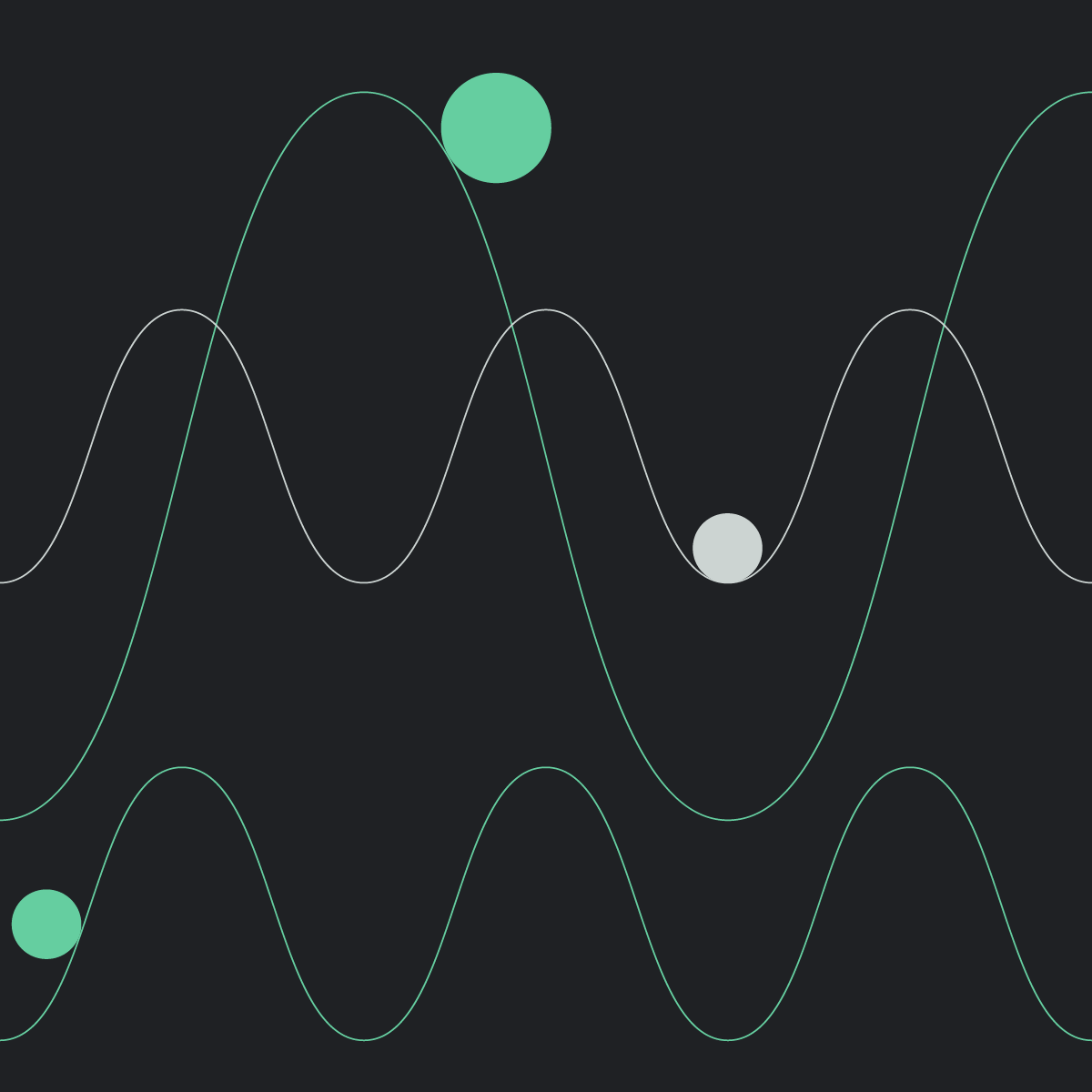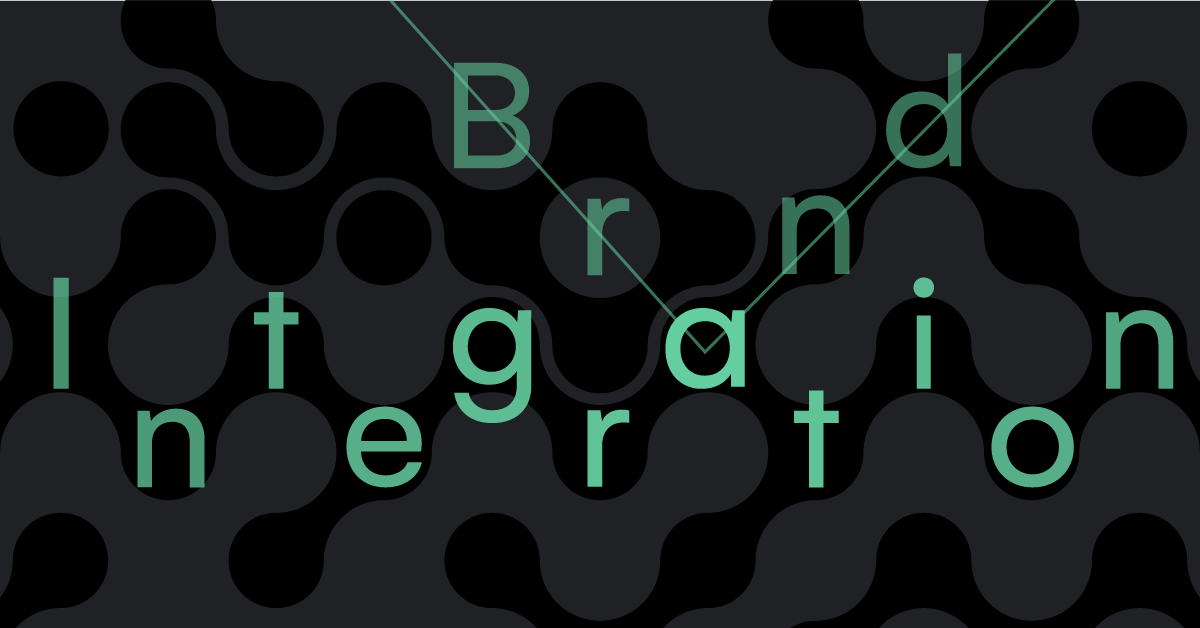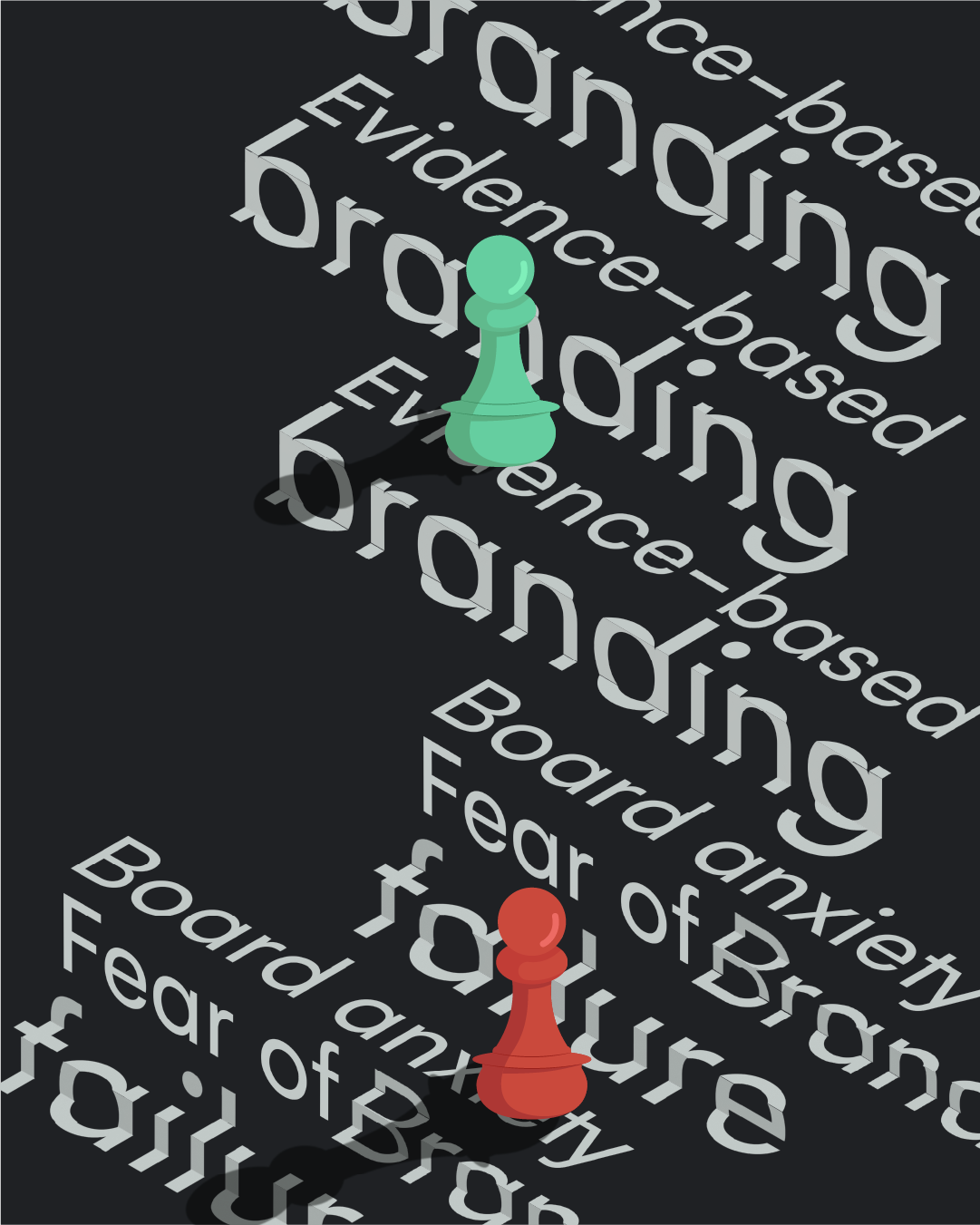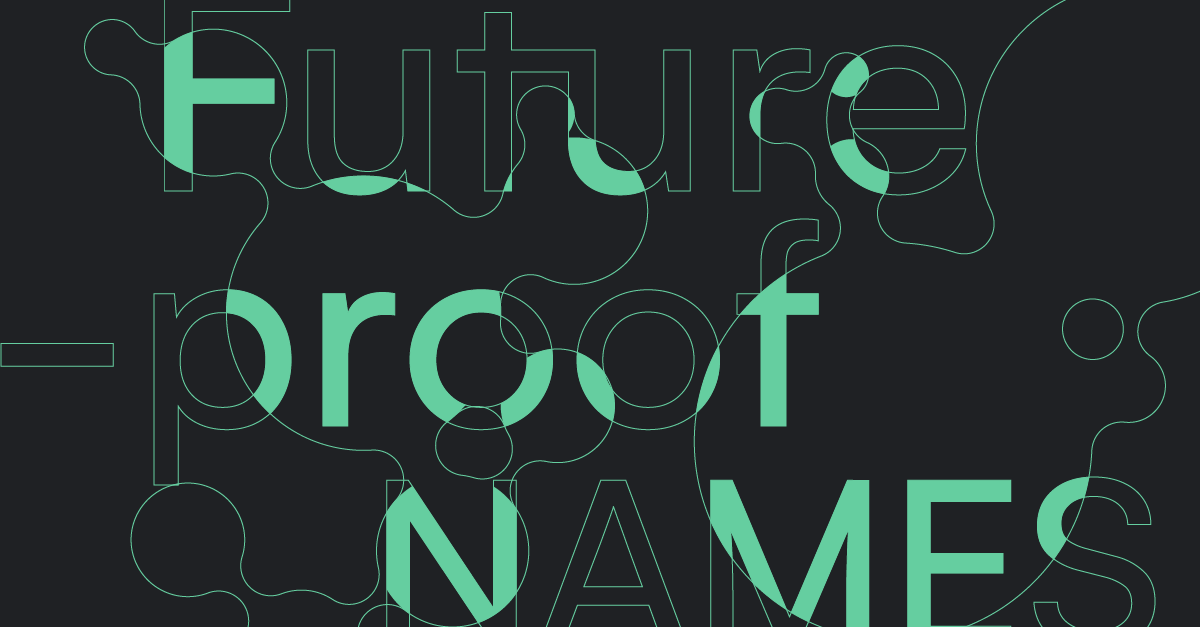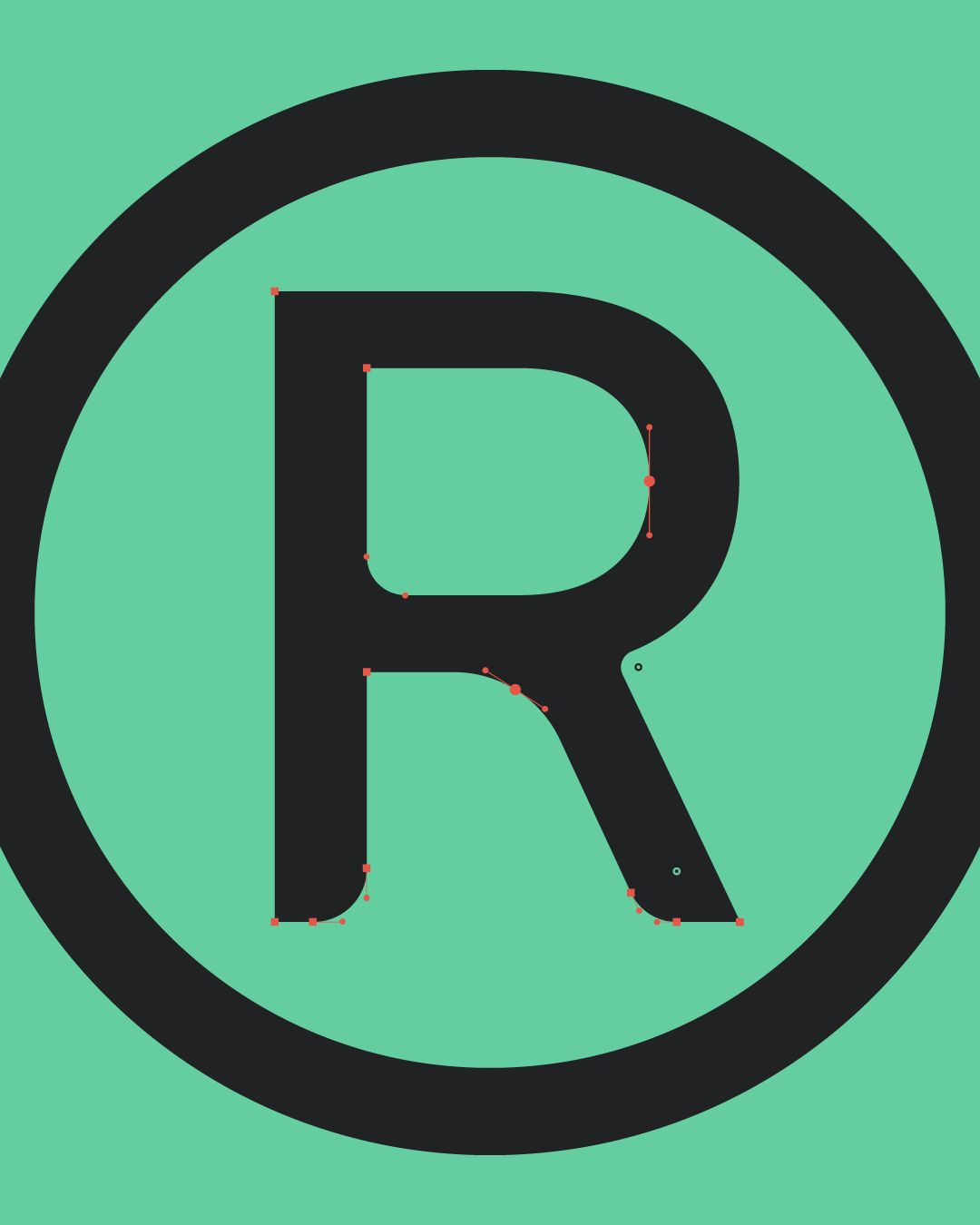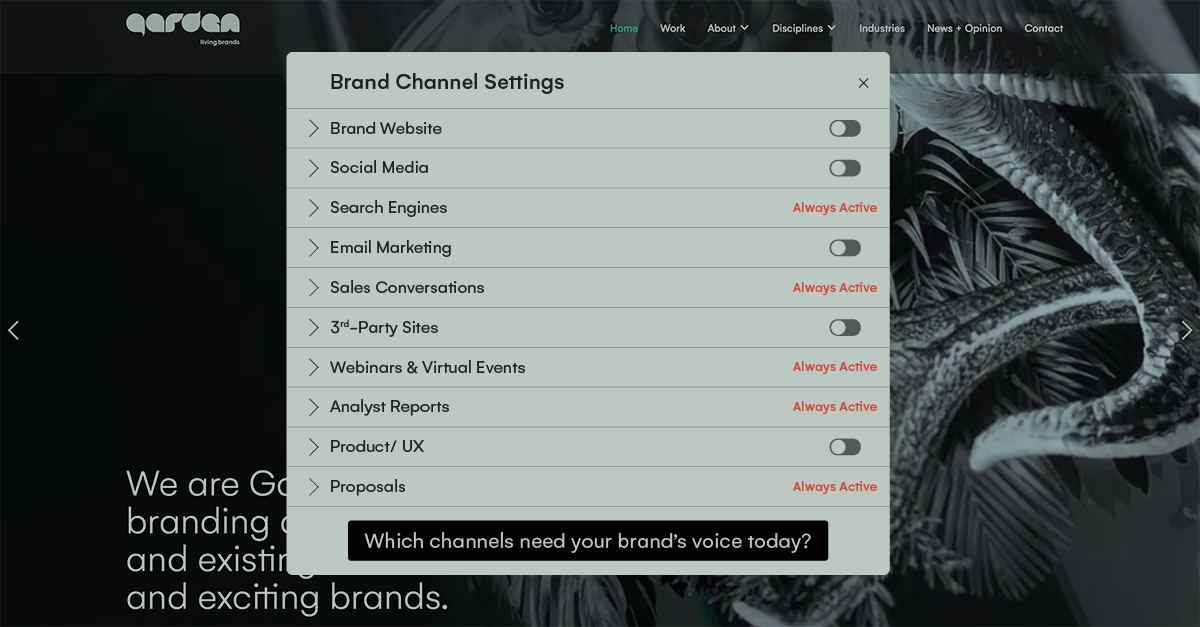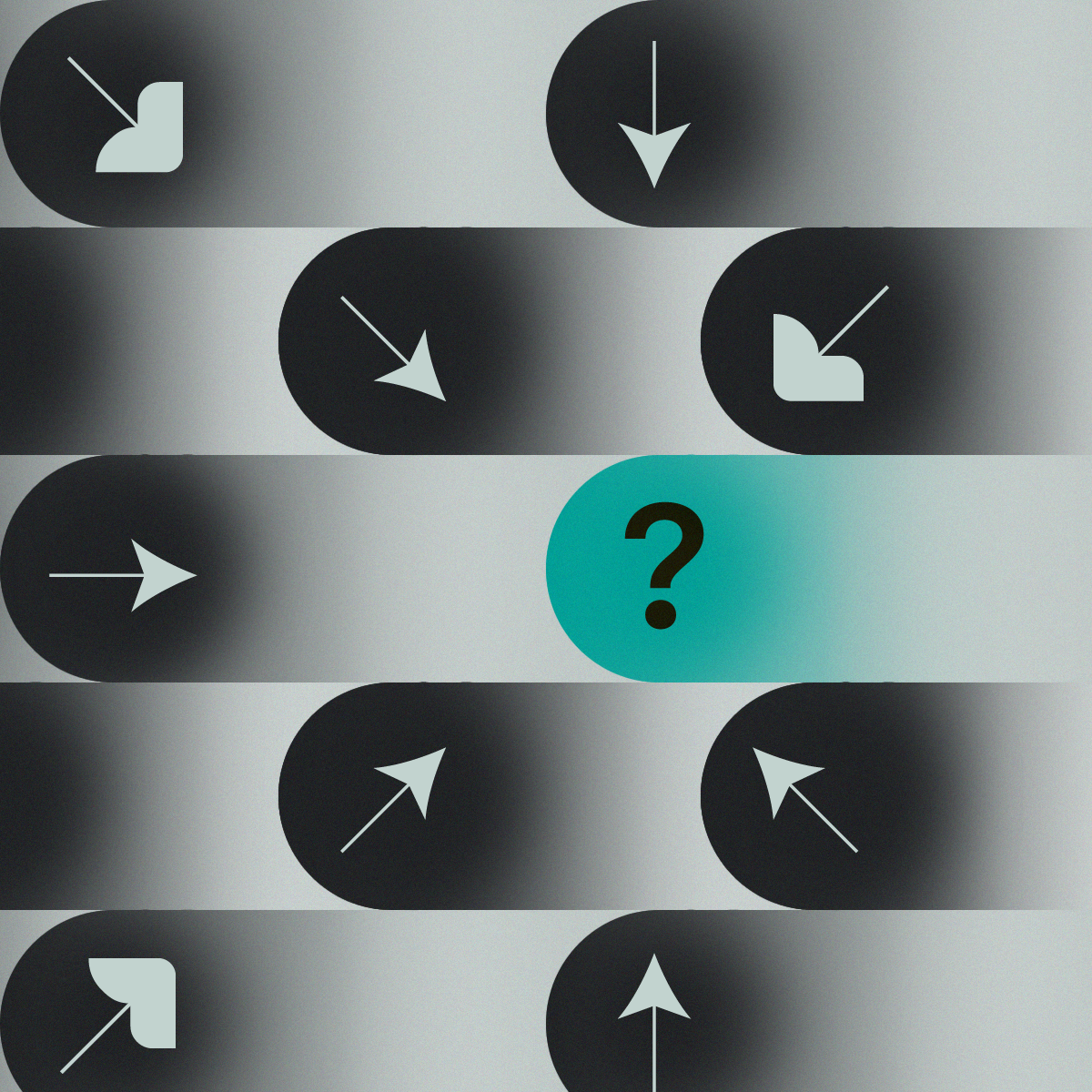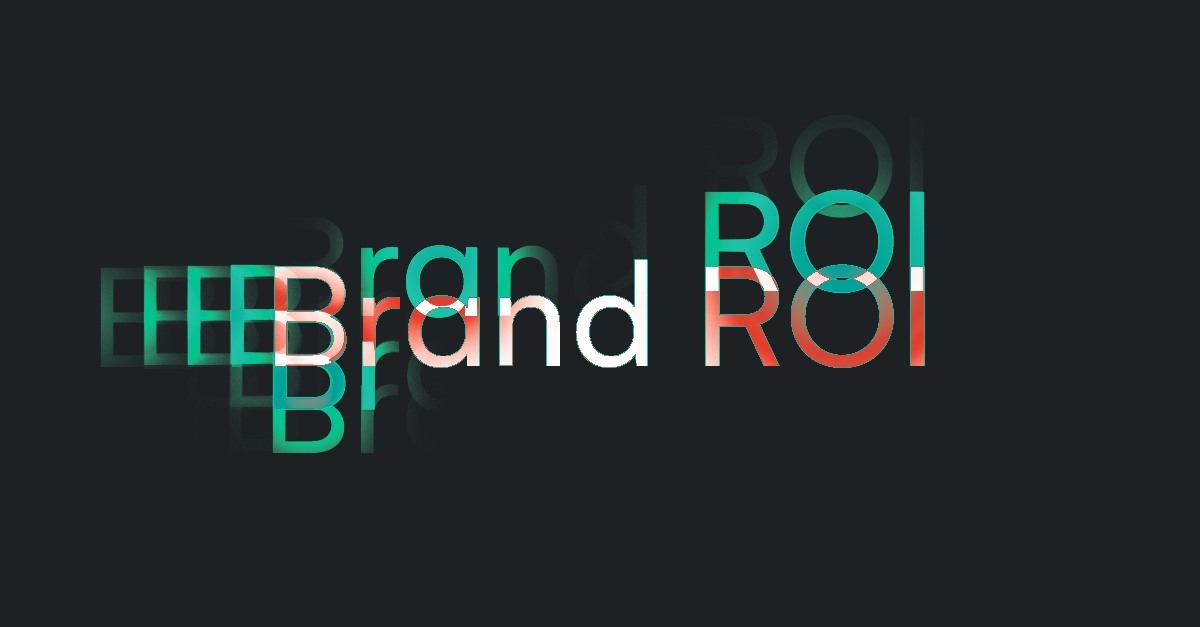What is brand activation?
What is brand activation? A strategic playbook for building unforgettable brand experiences
In a world saturated with digital noise, where ad blockers are the norm and banner blindness is a real affliction, the old ways of shouting messages at consumers are failing. In fact, studies show that a vast majority of consumers are more likely to buy from a brand after participating in a meaningful experience. This is where the magic of brand activation begins.
Brand activation is not just another marketing tactic; it is the art and science of bringing a brand to life. Like a living thing, a brand needs to be cared for, nurtured, and grown through real-world interactions. Activation is the process of converting a brand’s identity and promises into tangible, memorable experiences that forge deep, emotional connections. It’s the critical shift from simply being known (brand awareness) to being truly experienced and felt.
This guide will serve as your comprehensive playbook, developed from our experience as a global branding agency, for planning, executing, and measuring successful brand activations that transform passive audiences into passionate advocates.
The core mission: why brand activation is crucial for growth
Moving beyond passive awareness to active engagement
Modern consumers don't just want to be sold to; they desire a two-way relationship with the brands they support. Brand activation is the bridge that closes the gap between a monologue and a dialogue. It fosters participation and interaction, inspiring the user-generated content that turns everyday consumers into genuine brand evangelists. This active engagement doesn't just create fleeting buzz; it systematically builds brand equity and resilient customer loyalty.
Forging lasting emotional connections
A transaction is temporary, but an emotional connection is enduring. Shared experiences create powerful emotional bonds that are far more resilient than relationships built on price or convenience alone. This is the power of "brand memory" - the art of activating the senses to create unforgettable moments that become intrinsically linked to the brand. Forging these emotional connections is a key driver of long-term customer value and a core focus of our branding services.
Driving tangible business outcomes
While activation is about emotion and experience, its success is rooted in tangible business results. A well-designed campaign can directly connect to your most important goals. The key outcomes include:
- Accelerating product trials and adoption
- Gathering valuable first-party data
- Driving foot traffic to both physical and digital storefronts
- Creating a clear, compelling path to purchase
Differentiating in a crowded marketplace
In a sea of similar products and services, a unique and ownable experience is the ultimate differentiator. Brand activation allows you to showcase your brand's personality, its values, and its soul - not just its features and benefits. It’s an opportunity to answer the question, "Who are we?" in a way that resonates far more deeply than a traditional advertisement ever could.
The modern activation canvas: a typology of experiences
Experiential & event marketing: the immersive dimension
Definition: This involves creating immersive, often in-person, events that allow consumers to literally "live" the brand for a moment in time.
Examples: Thematic pop-up shops, brand-sponsored festival stages, interactive art installations, and exclusive product launch events.
Strategic tip: Focus meticulously on sensory details and engineer "Instagrammable moments" that encourage participants to amplify the campaign's reach organically.
Digital & virtual activations: scaling engagement online
Definition: This is about using digital platforms to create interactive brand experiences that are accessible to a global audience, breaking down geographical barriers.
Examples: Branded augmented reality (AR) filters on social media, interactive quizzes and content hubs, virtual reality (VR) brand worlds, and gamified mobile apps that drive repeat interaction.
Key point: As a branding company focused on the future, we see hybrid models that blend the physical and digital as the next great frontier for customer engagement.
Retail & in-store activations: the point-of-sale experience
Definition: This strategy aims to transform the retail environment from a simple place of transaction into a dynamic destination for brand interaction.
Examples: In-store workshops (think Lululemon's yoga classes), creative product sampling stations that tell a story, interactive digital displays, and loyalty program-exclusive events that reward top customers.
Guerilla & stunt marketing: the unconventional approach
Definition: These are often low-cost, high-impact activations that lean heavily on creativity, surprise, and wit to generate a massive amount of buzz.
Examples: Unconventional street art, choreographed flash mobs, clever product placements in unexpected public spaces, and viral-ready stunts.
Strategic tip: This is a high-risk, high-reward play. The concept must be perfectly and authentically aligned with the brand's personality to delight audiences and avoid potential backlash.
The activation blueprint: a 5-phase strategy framework
To invent the unknown and simplify the complicated, you need a plan. This is the proprietary five-phase framework our brand consultancy agency uses to ensure every campaign is strategic, creative, and, most importantly, measurable.
Phase 1: The insight & discovery engine
- Defining crystal-clear objectives: What does success truly look like? We define SMART (Specific, Measurable, Achievable, Relevant, Time-bound) goals from the outset to guide every decision.
- Deep audience profiling: We move beyond basic demographics to understand psychographics, consumer pain points, and media consumption habits to find out where and how to connect.
- Competitive & market analysis: We analyse what others are doing in the space to identify the white spaces and opportunities to create a truly distinctive brand experience.
Phase 2: The creative conception core
- The "big idea" brainstorming: This is where we develop the core creative concept, ensuring the idea is a simple, honest, and powerful expression of the brand's values.
- Message & narrative development: What story are we telling through this experience? We craft a compelling narrative that will guide the entire activation.
- Channel selection: We choose the right activation type - whether digital, physical, or a hybrid model - that will best resonate with the target audience and achieve the campaign's objectives.
Phase 3: The logistical & execution plan
- Budgeting & resource allocation: A detailed plan for all hard and soft costs to ensure the project stays on track and delivers maximum value.
- Technology & partner vetting: We identify and select the right partners and platforms, from event management software and fabrication companies to AR tech providers.
- Creating the promotion & amplification strategy: A plan to generate buzz before, during, and after the activation is crucial for extending its impact and reach.
Phase 4: The launch & engagement loop
- Executing the activation with precision: The moment of truth, where meticulous planning comes to life.
- Actively managing the experience: We engage with participants in real-time to ensure a seamless and positive interaction with the brand.
- Capturing content and data: We systematically capture photos, videos, testimonials, and data that will fuel post-event storytelling and analysis.
Phase 5: The measurement & optimization cycle
- Analysing performance against initial KPIs: We track the data and measure the results against the objectives defined in phase one.
- Gathering qualitative feedback: We capture feedback from participants through surveys and social listening to understand the emotional impact.
- Compiling insights to optimise future activations: We turn data into actionable insights to refine and improve the next brand activation.
The most successful activations are not one-off stunts; they are learning opportunities that feed back into the core brand strategy.
Inspiration in action: fresh brand activation examples
Theory is one thing, but seeing it in action is another. While classic examples are useful, these recent and diverse campaigns show the true potential of modern brand activation. This is the kind of innovative, forward-thinking we champion as branding experts.
Proving the value: a guide to measuring activation ROI
Establishing your measurement framework before launch
The most common mistake in measuring return on investment (ROI) is waiting until after the campaign to think about it. It's essential to set your key performance indicators (KPIs) during the planning phase. Connect specific objectives to measurable outcomes - for example, if your objective is to increase trials, your KPIs will be samples distributed and redemptions from a custom QR code.
Key metrics across different activation types
For experiential & in-store activations
- Quantitative: Foot traffic, participant dwell time, leads or email addresses captured, and sales lift in the activation area or period.
- Qualitative: On-site surveys, sentiment analysis of social media posts from the event, and media mentions.
For digital activations
- Quantitative: Engagement rate (likes, comments, shares), reach and impressions, click-through rates, conversion rates, and the volume of user-generated content created.
- Qualitative: Comment sentiment, analysis of brand mentions, and feedback from digital surveys.
A simple formula for calculating activation ROI
While not everything is reducible to a number, a basic formula can help you quantify the financial impact.
- Calculate total investment: Add up all hard and soft costs, including agency fees, production, media spend, and staff time.
- Assign a monetary value to outcomes: Determine the financial value of key outcomes, such as the average value of a qualified lead or the average sale from a redeemed coupon.
- Use the formula:
(Financial Gain - Investment Cost) / Investment Cost = ROI.
Key point: It's crucial to remember that some of the most significant value, such as increased brand affinity and loyalty, is harder to quantify but equally important for long-term growth. A seasoned brand positioning agency can help interpret the full, holistic impact of your campaign.
Tools and technologies for effective measurement
A modern measurement toolkit may include event management software with built-in analytics, social listening tools like Brandwatch, URL trackers and custom QR codes for tracking digital-to-physical journeys, and CRM systems for tracking leads all the way to a final sale.
Common pitfalls and how to avoid them
The disconnected experience: forgetting the brand
- The pitfall: Creating a fun, memorable event that has no clear or logical link back to the brand’s core values, message, or product. The audience remembers the party, not who hosted it.
- The solution: Constantly ask "Why?" throughout the entire planning process. Ensure the core "Big Idea" is an authentic and unmistakable expression of the brand's DNA.
The "one and done" mindset: failing to amplify
- The pitfall: Investing heavily in a fantastic one-day physical event but having no strategy to extend its life and impact in the digital world.
- The solution: Build a comprehensive content capture and amplification plan from day one. Use the event as a content engine to fuel social media, blog posts, and email marketing for weeks or even months to come.
Ignoring the follow-up: leaving leads on the table
- The pitfall: Successfully capturing hundreds of email addresses or leads at an event but having no pre-planned strategy to nurture them.
- The solution: Integrate the activation's data capture mechanism with your CRM and marketing automation platforms. Plan your follow-up email sequences and nurture streams before the event happens. This is a critical step that our brand design consultancy always emphasises for closing the loop and maximising ROI.
Final word
Brand activation is the transformative journey from telling to showing, from monologue to dialogue, and from awareness to advocacy. It’s about building genuine, lasting relationships through unforgettable experiences, not just shouting messages into the void. By following a strategic blueprint - moving from deep insight to bold creativity, flawless execution, and rigorous measurement - you can create interactions that build not just market share, but a meaningful place in your customers' lives.
Ultimately, the most powerful brand activations feel less like marketing and more like a genuine and welcome value exchange between the brand and the consumer. They are generous, entertaining, and useful, leaving people better off than they were before.
For brands ready to move from simply being known to being truly loved, our team of branding experts is here to help you design and execute experiences that resonate. Contact us for a brand consultation.
FAQs about brand activation
What is brand activation?
Brand activation is the process of bringing a brand to life through engaging, memorable experiences that allow consumers to interact with it directly. Unlike traditional advertising which broadcasts a message, activation creates a two-way dialogue between the brand and its audience. Through tactics like immersive events, digital campaigns, or in-store experiences, it aims to forge deep emotional connections. The primary goal is to convert passive brand awareness into active customer participation and long-term loyalty.
What is the difference between brand activation and brand awareness?
The key difference is that brand awareness makes consumers know a brand exists, while brand activation makes them experience it. Brand awareness is a passive metric focused on recognition, often built through advertising. Brand activation is an active strategy that fosters direct engagement and participation through interactive experiences. In short, awareness is about being seen, whereas activation is about being felt, creating a deeper, more meaningful relationship with the customer.
What are some examples of a brand activation?
Effective brand activation examples include experiential events, digital campaigns, and in-store activities. For instance, an experiential activation could be a themed pop-up shop or an interactive escape room made from a brand's products, like IKEA did. A powerful digital example is Spotify's annual "Wrapped" campaign, which uses personal data to create shareable content. In-store activations might involve creative product sampling stations or workshops that demonstrate a brand's values, such as a free yoga class at a Lululemon store.
How do you measure the ROI of a brand activation campaign?
You measure the return on investment (ROI) of a brand activation by tracking predefined Key Performance Indicators (KPIs) against the campaign's total cost. Before launching, you must define what success looks like, such as lead generation, sales lift, or social media engagement. For physical events, track footfall and leads captured; for digital campaigns, measure reach, shares, and conversion rates. The ROI formula is (Financial Gain - Investment Cost) / Investment Cost, providing a clear figure on the campaign's financial impact.







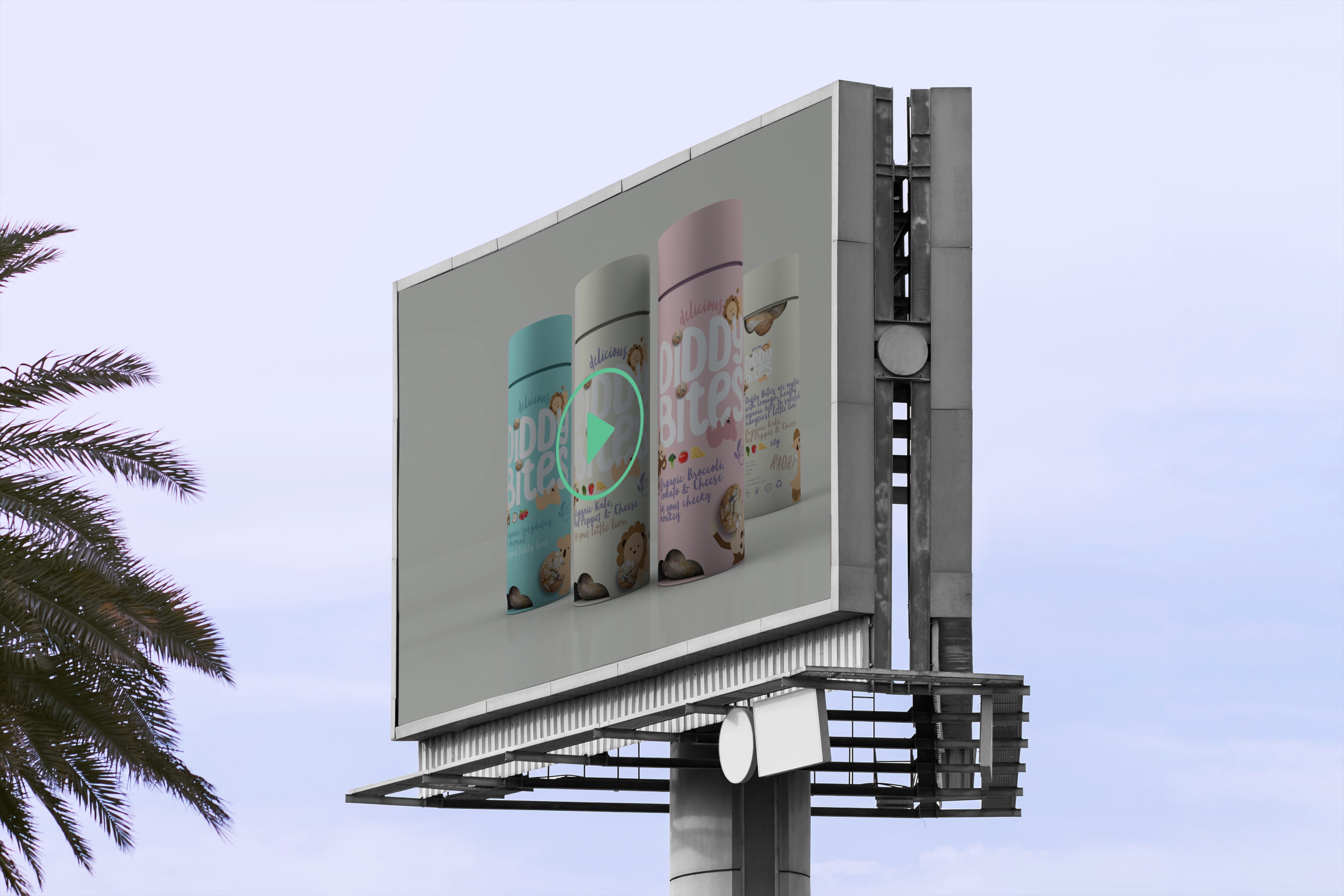




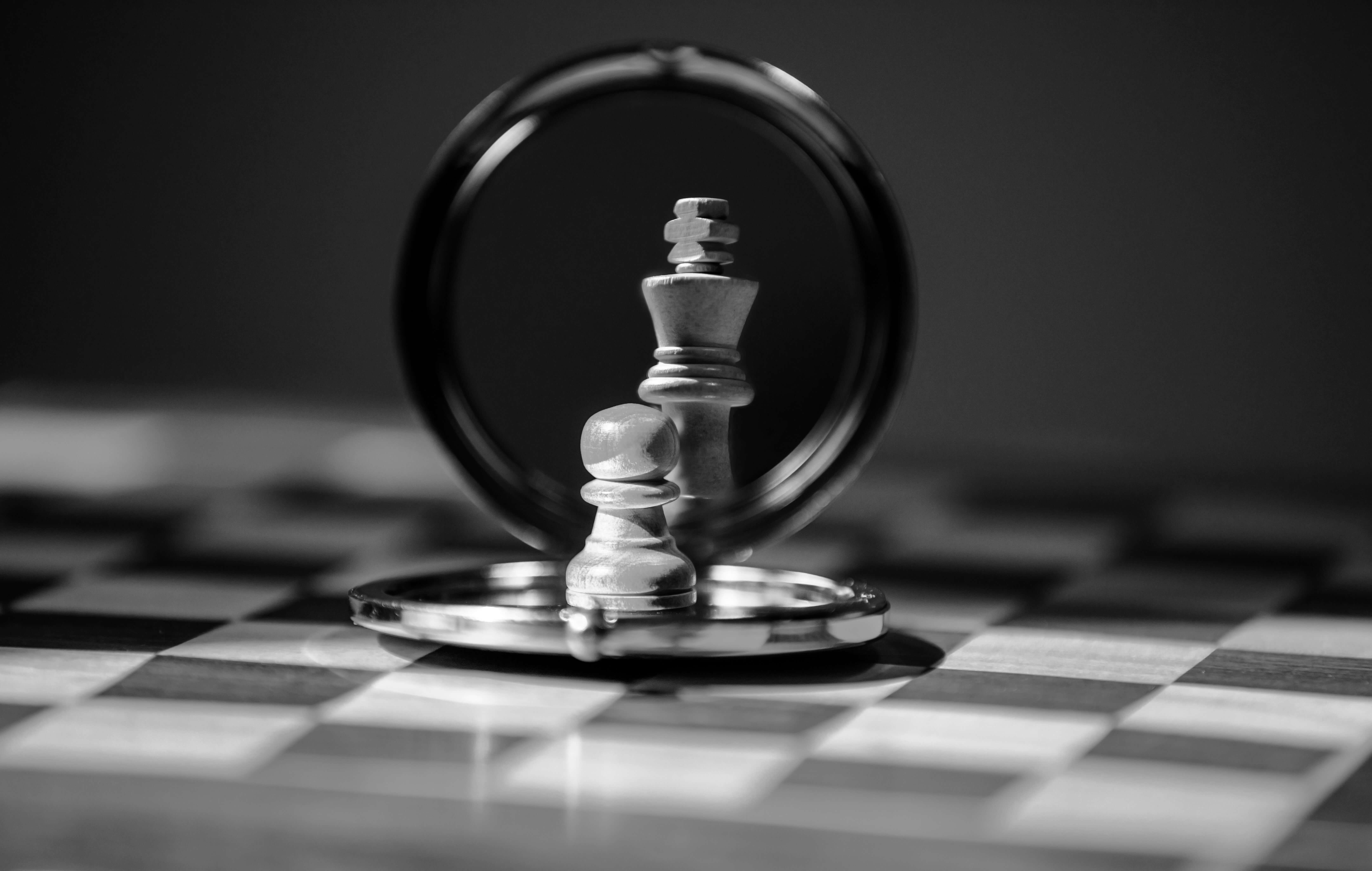
.jpg)










